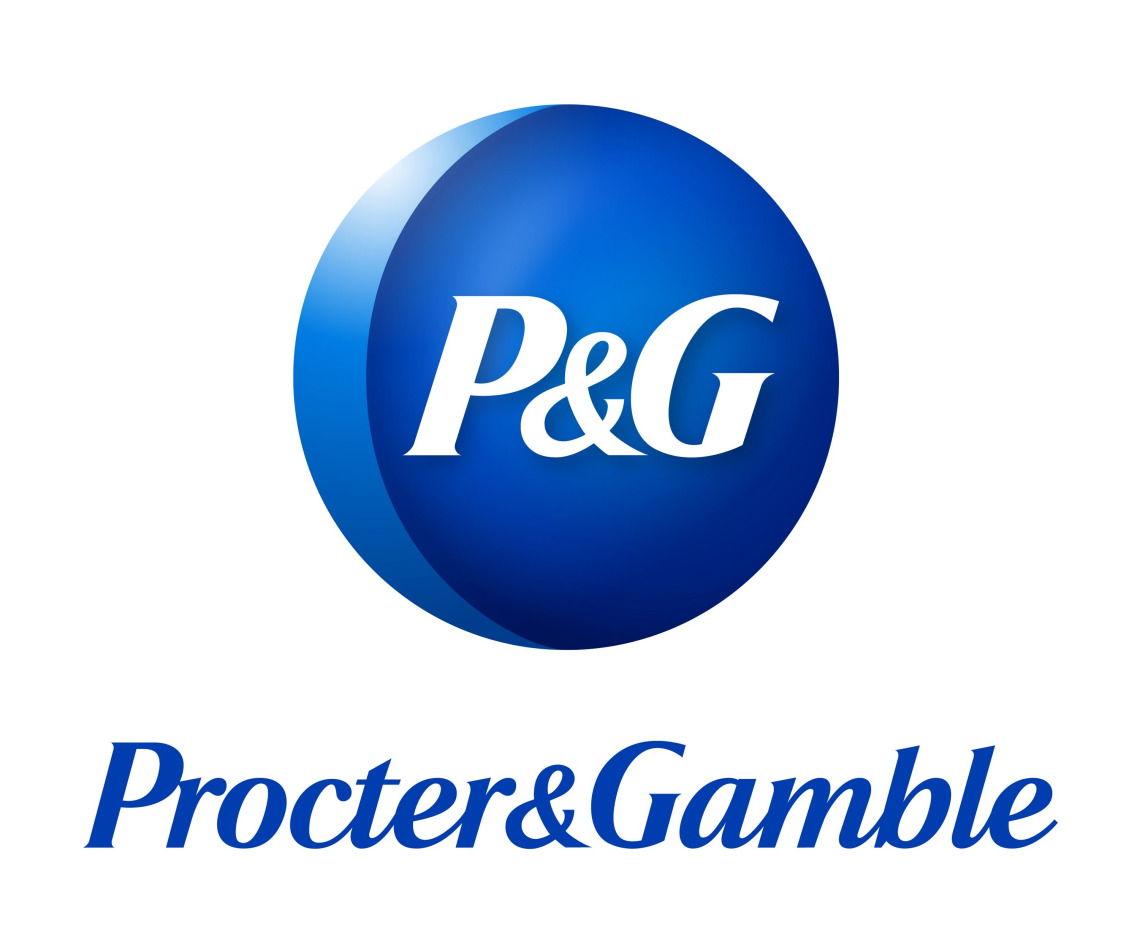
Ranking among Forbes World’s Most Reputable companies, Proctor and Gambles(P&G) was co-founded by William Proctor and James Gamble, a candle maker and a soap maker, under the persuasion of their father-in-law Alexander Norris. It is an American multi-national co-operation dealing with consumer goods having it’s headquarters in Cincinnati, Ohio. It has spread its wings widely across the nation and the globe to UK, Asia, Europe, South Africa, China etc. It is an umbrella company that owns several brands and products such Pamper’sdiapers, Nyquil’s cough and cold medicine and Tide detergent and several others. It’s focus is expansive and extends to areas like personal care products, health care products, beauty care products, cleaning agents etc.
With flat third quarter earnings in the previous year, P&G further felt the need for a remedy and a change in their M&A strategy. The CEO, president and the chairman of this US based company, A.G. Lafley, wanted to create a P&G company which was “a much simpler, much less complex company of leading brands that’s easier to manage and operate.”It is in keeping with his views that the present CEO and President, David Taylor, decided to change it’s M&A strategy. This has been very well illustrated under opportunities in the SWOT analysis of P&G.In contrast to the past, he points out that instead of proliferating “a ton of brands”, he prefers to focus on “a number of small brands” and to “plant seeds in high-growth areas either organically or through acquisition.”
He plans on turning these “brands from small unprofitable brands to mid-size to bigger profitable businesses” by using their capabilities, be it “product, package technology, communication, and/or supply chain.” In order to achieve this goal, in the last four years, over 100 brands lost alliance with P&G who was seen to sell Duracell batteries to Warren Buffett’s Berkshire Hathaway Inc, while the Tag fragrance was sold off to My Imports USA and Elizabeth Arden got the license for the Christina Aguilera fragrance.
With the aim to be a smallerand leaner form, P&G adopts such a divesture strategy. Lafleyadmits that their main objective now is to “extend our business around our core brands” and thinks of doing so through “acquisitions”.
So, P&G not only excluded some of the brands but also made deals to buy and acquire Merck KGaA’s consumer health business which includes the Femibion and even the Neurobion which helps give relief to any kind of muscle or joint or back pain and Nasivasin nasal spray for colds. Besides the aforementioned, P&G also strives to purchase First Aid Beauty, a skincare brand which is specifically designed to suit sensitive skin conditions, redness or even dry skin and eczema. Jon Moeller, the chief financial officer for P&G senses that the company can also try to expand all the existing brands in their portfolio and even create new ones.
P&G now includes around 65 brands and it’s product variety ranges from skincare to personal hygiene to house hold products and even to feminine and baby products. The company’s chief brand officer, Marc Pritchard also states that “P&G is continually transforming itself, because we operate in a world of mass disruption” and they “realize that the best way to deal with disruption is to lead it…” and much like many CPG Giants, P&G is also seen to increase it’s online sales and rejuvenate brands such as Gillette.
In one interview with Les Echos, a Paris business newspaper, Lafley admitted to having formed a strategy to gain an annual revenue growth of 4%-6% whilst the company was already at a 10% underlying annual profit growth. With solid growth in it’s beauty segment dealing with products such as Olay and SK-II, P&G known for it’s excellent leaders, enjoyed a growth faster than analysts had expected with a “very satisfying quarter” as Joe Mueller noted. He also adds on that “It’s difficult to take conclusions from one quarter” and prefers to “refrain form calling it a break out quarter”. He says that he would rather “call it a very solid quarter on which we need to build.”

Mar 24, 2020

Sep 24, 2022